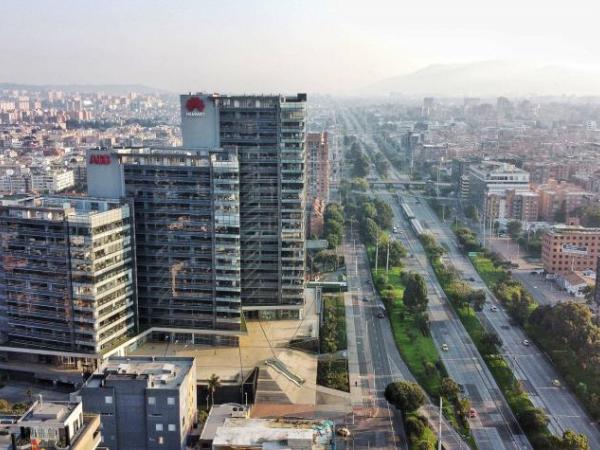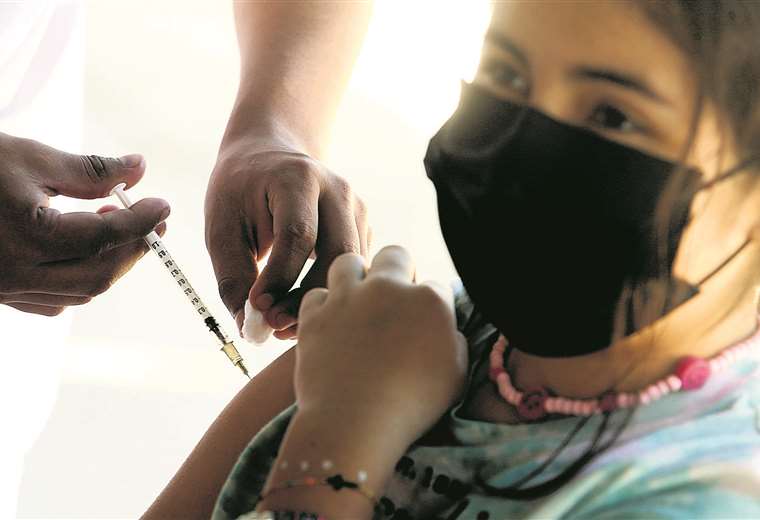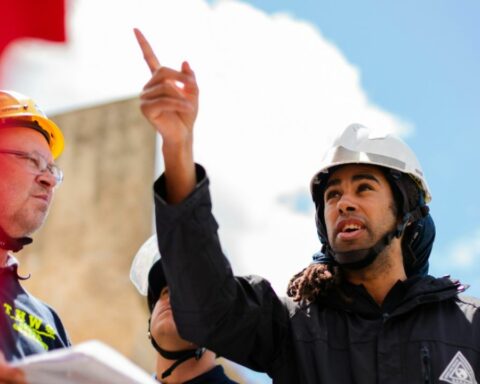The Chile Supports Plan was announced by the Government on April 7 and includes 25 projects, which are focused on reducing the impact on citizens of the economic and social context. Among the measures, the extension of the labor IFE, the winter bonus and the injection of resources for the stabilization of fuel prices, public transport, electricity. In the midst of social announcements, the Observatory of Politics and Social Networks of the Central University, whose executive director is the political scientist and today a professor at the Faculty of Economics, Government and Communications of the Central University, Nicolás Freire, took on the task of study the effect of the Plan on social networks. The analysis focused on the conversations generated by the #ChileApoya plan on social networks over a period of almost two weeks, specifically between July 11 and July 24.
The document showed that President Gabriel Boric, like his cabinet, have been highlighting some of the projects of the initiative. An example is that within the period of the analysis, Boric made a total of 107 posts on his Twitter account, where 27 mentioned issues related to Chile Support, representing 25% of his total broadcast. While the other 75%, that is, 80 publications, mention issues related to access to information for the September 4 plebiscite and other activities carried out by the president.
Winter bonus and regularization of increases in electricity bills
Within the framework of the number of times that the Chile Supports project is mentioned, the study indicates that within the 25 projects that the program has, the most mentioned by the president as well as by the cabinet are: Winter bonus (36%) , extension of emergency parental postnatal leave (14%). Increased coverage of CORFO and SERCOTEC programs (13%), regularization of increases in electricity bills (9%), improvement of gas price conditions (6%) and extension of the labor IFE (4%).
In the publications on the program made by the cabinet, it is indicated that the minister of social development and family, Jeanette Vega, was the one who made the largest number of publications, with a total of 27, which corresponds to 40% of her total emission.
In second place was Nicolás Grau, Minister of the Economy, Development and Tourism, with 22 posts on his Twitter profile, that is, 23% of everything he issued in those two weeks.
The tweet with the greatest diffusion related to President Gabriel Boric was about one of the plans of the program corresponding to the increase in coverage by Corfo and Sercotec, specifically in the sector of tourism cooperatives and MiPymes expressing an investment of 29,000 million in the same.
Finally, Jannette Jara, Minister of Labor and Social Welfare, published 13 times about the program, which corresponds to 52% of its entire broadcast.
His most widely circulated tweets were those referring to the Gas at a Fair Price project, announced by the government, “an initiative related to providing that consumers of liquefied gas obtain the best price conditions, this through the expansion of competition in the market in order to avoid abuses”, says the text. .
Within the framework of the number of times that the Chile Supports project is mentioned, the study indicates that within the 25 projects that the program has, the most mentioned by the president as well as by the cabinet are: Winter bonus (36%) , extension of emergency parental postnatal leave (14%). Increased coverage of CORFO and SERCOTEC programs (13%), regularization of increases in electricity bills (9%), improvement of gas price conditions (6%) and extension of the labor IFE (4%).
Marco Moreno, director of the School of Government and Communications at U.Central, assures that the implementation of 25 projects focused on reducing the impact of the economic context on citizens is due to the fact that the Government “could no longer separate itself from the Convention ”, so it will take advantage of capitalizing on that link through the “idea of taking over. Also known as the political offer, it means that I put on the table a set of issues, initiatives, projects, subsidies, benefits, and what it seeks is to generate a climate of opinion that contrasts the pessimism, uncertainty and doubts that, in this case, there is respect to the constituent process”, he explains.
“An offer from the Government of part of benefits and subsidies can obviously create a favorable climate for the I approve option,” he adds.
A good management of the Government that splashes on the Approval option
The academic from the U. de Talca and doctor in Political Science Mauricio Morales explains that there is a very strong correlation between the presidential approval and the Approval for the exit plebiscite, “they are already glued as if they were Siamese twins”.
Marco Moreno agrees and adds that the increase in the President’s approval in recent weeks -with the exception of the Cadem published this Sunday– is able to be transferred to the Approval option. “That is why I believe that the government’s strategy is aimed at showing a robust agenda, with issues and actions that it is taking forward,” he explains.
And he adds: “The Government knows that the Approval has the figures against it and it also knows that the only way to face a plebiscite in a more competitive manner is by correcting, not the economic situation or that of public order from one moment to another, but rather generating better expectations”, assures Mauricio Morales. He explains that elections are often more at stake in the future than in the past “Therefore, if the Government with all these types of plans is capable of reducing that uncertainty and giving citizens greater certainty, then the objective will be fulfilled” .
In search of the vote in popular sectors
According to Mauricio Morales, the idea of the Approval command of the government base parties is to replicate a scenario similar to the Kast/Boric second round, “so that the RM is the geographical area that gives the victory to Approval. And that is why the President is making frequent visits to districts such as Quinta Normal, La Pintana, Renca, the last important event of the Approval was in Maipú”.
In this way, Tomás Duval, an academic from the Faculty of Social Sciences and Humanities of the Autonomous University, assures that in addition to social announcements promoting a better evaluation of the Government, they can aim to “reconnect with social sectors that allowed it to succeed in the second presidential round.
“The Government is going through a triple crisis at the national level. One of public order, an economic one, and an institutional one read in terms of constitutional change”, assures Mauricio Morales.
Therefore, it concludes that the first way to deal with this crisis is “to provide direct aid plans from the Government to citizens. In order to show two things, first, efficiency in the use of resources, and on the other hand, a concentration of decisions particularly towards the most dispossessed sectors, which are the popular segments. This in the spirit of generating a much more favorable public opinion for the Government, also knowing that a favorable approval will generate as a correlate, and as we have seen in different opinion polls, greater support for the Approval option in the exit plebiscite.
However, according to latest Cadem poll, published this Sunday, things would not be turning out so well: approval for the President dropped three points to 37%. Meanwhile, the option Rejection of the constitutional proposal rose one point (48%) and the difference with Approval was maintained, since it fell one point (38%). Still 14% remain undecided.








